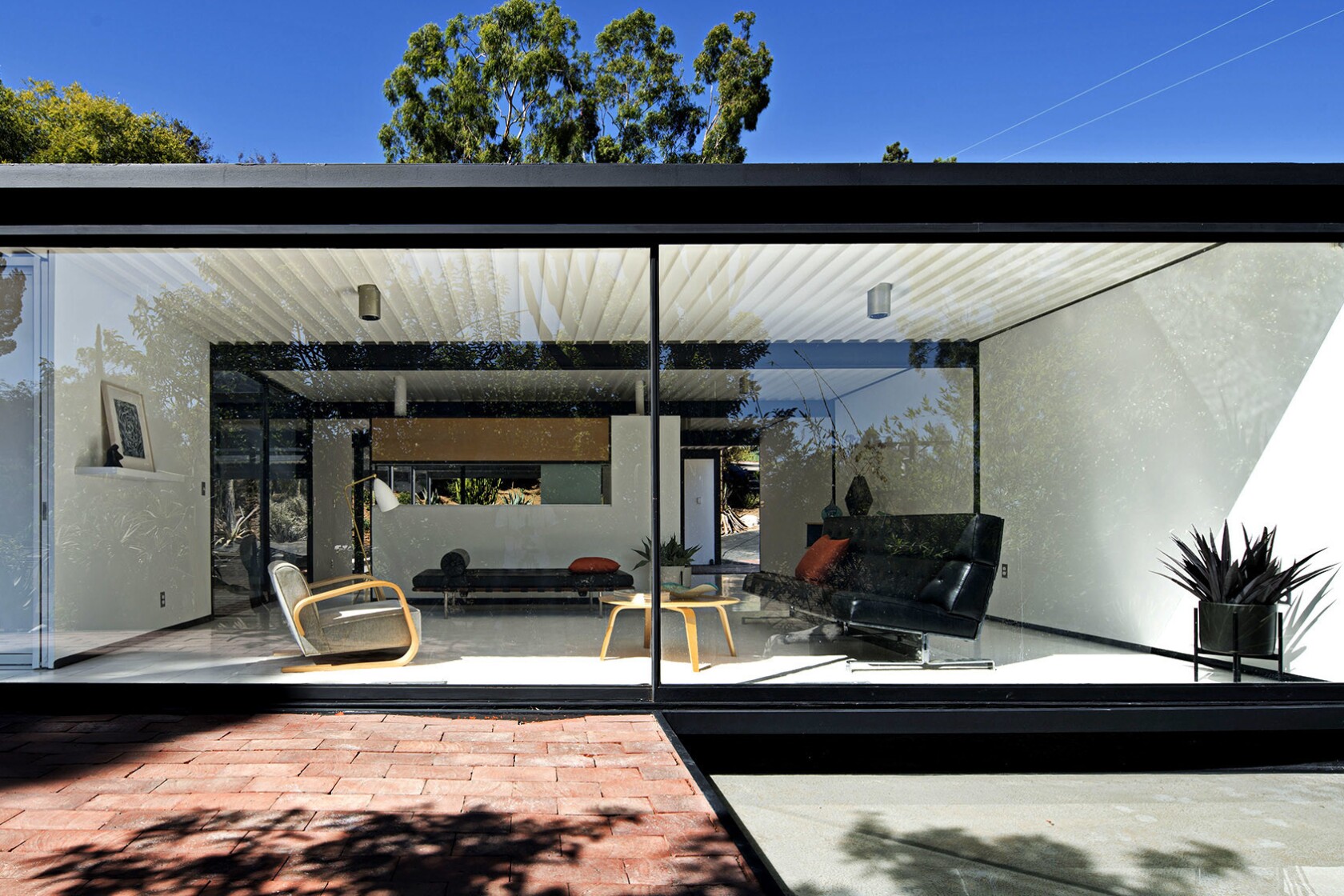
Introduction
Mid-century modern architecture is known for its clean lines, open spaces, and integration with nature. One iconic manifestation of this architectural style is the Case Study Houses, a series of experimental homes built between 1945 and 1966. This article takes an in-depth look at the Case Study Houses, exploring their historical context, design principles, and lasting impact on the world of architecture.
The Origins of the Case Study Houses

The Case Study Houses were a result of a program initiated by John Entenza, the editor of Arts & Architecture magazine. In 1945, Entenza published an article titled "Tomorrow's House," in which he called for the development of affordable and efficient housing solutions for the post-World War II era.
Responding to this call, a group of architects, including Charles Eames, Richard Neutra, and Eero Saarinen, came together to form the Case Study House Program. The aim of the program was to design and build innovative homes that showcased the potential of modern materials and construction techniques.
Design Principles of the Case Study Houses

The Case Study Houses were guided by several design principles that set them apart from traditional architecture of the time:
- Integration with the natural environment: The houses were designed to blend harmoniously with their surroundings, often featuring large windows and open floor plans that connected the indoor and outdoor spaces.
- Functional and efficient use of space: The architects prioritized practicality and simplicity, creating homes that were both aesthetically pleasing and highly functional.
- Experimentation with materials and technology: The Case Study Houses served as laboratories for testing new materials and construction techniques, such as steel framing and prefabrication.
Iconic Examples of the Case Study Houses

Several Case Study Houses have become iconic symbols of mid-century modern architecture. Here are a few notable examples:
Case Study House #8 - Charles and Ray Eames

Designed by the renowned husband-and-wife team Charles and Ray Eames, Case Study House #8, also known as the Eames House, is a prime example of their innovative approach to design. Completed in 1949, the house consists of two glass and steel boxes connected by a courtyard. It remains a beloved landmark in Pacific Palisades, California.
Case Study House #22 - Pierre Koenig

Pierre Koenig's Case Study House #22, also known as the Stahl House, is perhaps one of the most recognizable examples of mid-century modern architecture. Perched atop the Hollywood Hills, this house features floor-to-ceiling glass walls that offer breathtaking views of Los Angeles. Its sleek and minimalistic design has made it an icon of modernist architecture.
Case Study House #9 - Charles and Ray Eames
Another notable creation by Charles and Ray Eames is Case Study House #9. Completed in 1949, this house is characterized by its innovative use of industrial materials, such as metal panels and fiberglass insulation. Its open and flowing layout reflects the couple's belief in promoting social interaction within the home.
The Legacy of the Case Study Houses

The Case Study Houses left a lasting impact on the world of architecture, influencing subsequent generations of architects and designers. Here are some key aspects of their legacy:
- Promotion of modernist ideals: The Case Study Houses embodied the ideals of the modernist movement, emphasizing simplicity, functionality, and the integration of design with everyday life.
- Democratization of design: By exploring affordable and efficient housing solutions, the Case Study Houses aimed to make good design accessible to a wider audience.
- Innovation in materials and construction techniques: Many of the experimental approaches to materials and construction tested in the Case Study Houses have since become standard practices in the field of architecture.
- Inspiration for future architects: The iconic designs of the Case Study Houses continue to inspire architects and designers today, serving as a reminder of the power of innovation and creativity in shaping the built environment.
Conclusion
The Case Study Houses represent a significant chapter in the history of mid-century modern architecture. Through their innovative designs, the architects involved in the program pushed the boundaries of what was possible in residential construction. Their emphasis on functionality, integration with nature, and experimentation with materials continue to resonate with contemporary architects, ensuring that the legacy of the Case Study Houses lives on. These architectural gems serve as a testament to the power of design to shape our built environment and inspire future generations of architects and designers.
